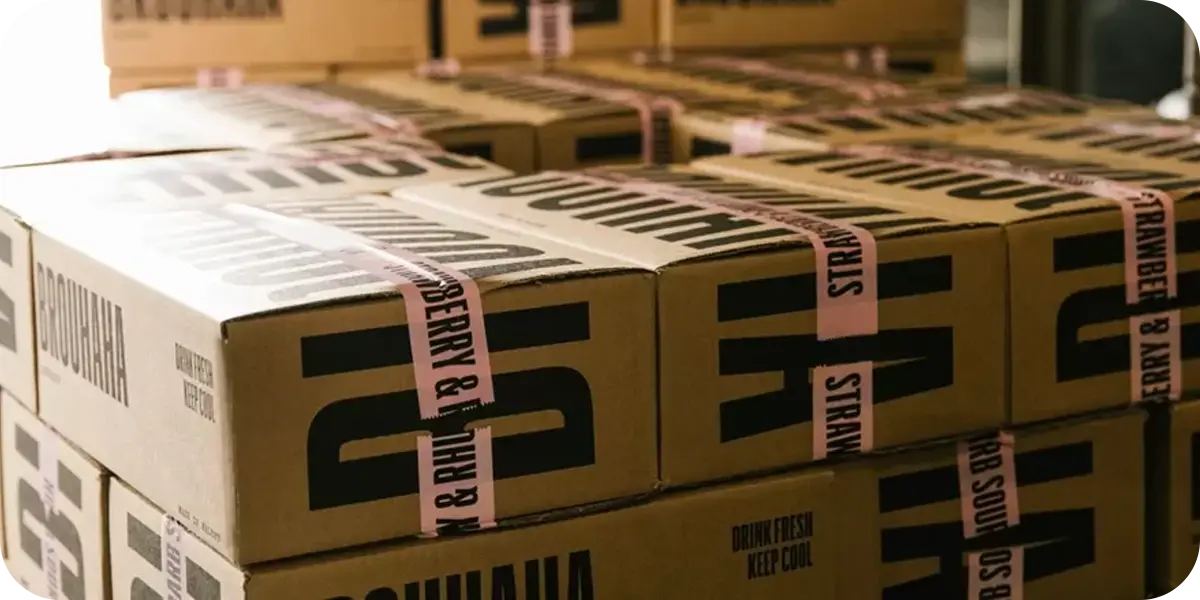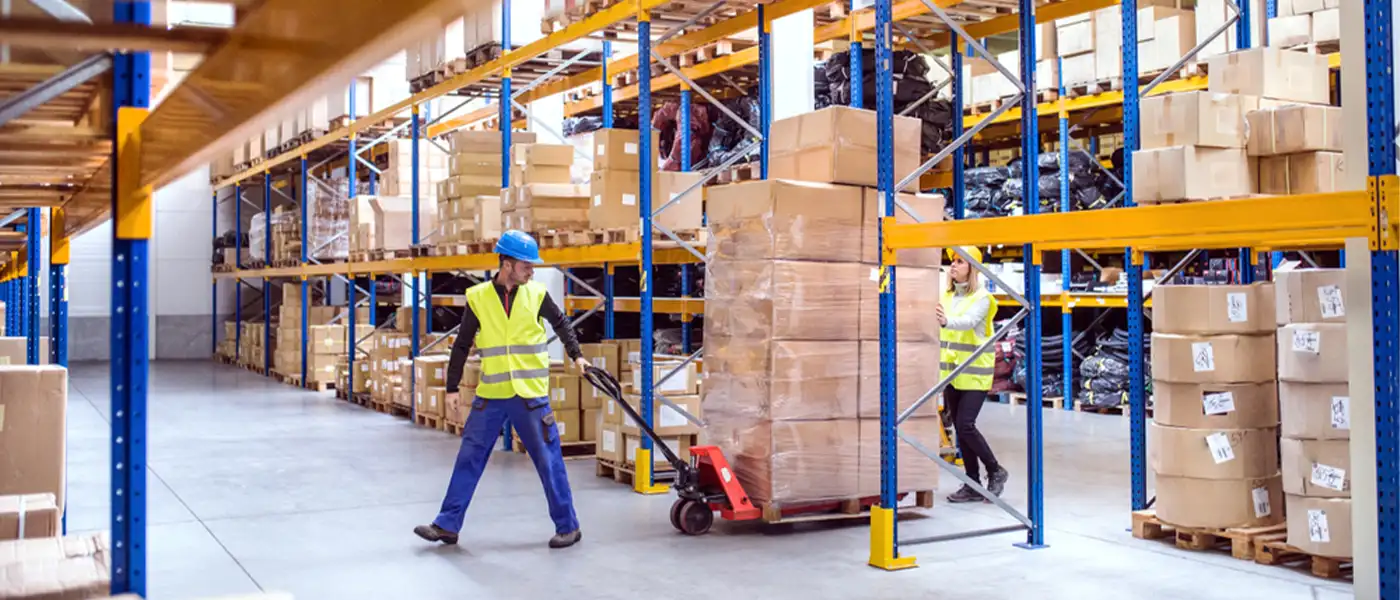Parcel Shipping: What is It and How is It Useful?
The modern world runs on fast-paced technology and communication. And since time immemorial, one of the most significant ways of communication involves the process of sending and receiving items or packages. Parcel freight essentially refers to sending small-weight items (less than 1500 pounds) in a fast, safe and secure process.
With the rise in technology and modernization, the shipment and delivery service is a core blooming industry worldwide. With humans in constant need of anything or the other, the freight shipping business has taken an essential role in the modern lifestyle of humans.
Such has been the demand and craze of parcel shipping that reports claim that in 2020, 4.3 million parcels were delivered globally in the Asia Pacific region.
With the internet bringing the world to our fingertips, anyone can order anything on the internet and can get their shipment parceled to their home, even from a different country. Before we take a tour of how the process of parcel freight works, here are specific terms with which we should acquaint ourselves of:
Parcel Shipping – The shipment of any product that weighs under 150 pounds.
Freight Shipping – The transportation of bulk objects or cargo. Freight shipping is done on objects weighing more than 150 pounds.
Package – Any items wrapped in paper and shipped from the company to the customer. Packages can be of any random shape.
What is Parcel Shipping?
As the name implies, shipping any item that is light in weight refers to parcel shipping. Parcel essentially refers to any item that is light in weight and is sent from one person to another using various modes of transportation.
The shipping or sending of small items via post or other means is parcel shipping. Items that fall under the category of parcel shipment are not bulk shipments and usually weigh fewer than 100 pounds. In this modern, fast-paced world of technology, parcel shipping is one of the easiest and most economical means of shipping products or other items.
How does parcel shipping work?
Parcel shipping is a systematic step-by-step process that begins with the sender sending their parcel to the receiver receiving it. Parcel refers to small packages usually picked from a designated location or drop location, termed the origin address.
The first step involves the user choosing a parcel that is needed to be delivered to his convenient address. The above process takes place on an online platform like an online shop or site. The selected parcel is then located and assorted for pick-up.
Once the parcel is picked up from the store, they are auto sorted in the conveyor belts. Once the sorting process is complete, the parcels are loaded into the vehicles for transportation to the recipient’s address.
In the final stage comes the delivery. There are quite a few modes of delivery processes. Generally, the parcels are kept at the entrance of the address premises. In some cases, hand-in or pick-up delivery is also provided if the user opts for it.
Steps to Parcel Shipping Optimization
There are six essential steps that trademark a proper optimization of parcel shipment. These steps involve some of the key steps that take place for the proper execution of shipping delivery.
- Input orders and tasks into a centralized system
The first step in parcel shipment involves submitting the orders to a centralized system. Once the orders are properly sorted in the system, they are then designated to the person responsible for delivering the parcels.
- Optimize task dispatch and routes
With the first step completed, the second step involves the key procedure of assigning the best routes for the safe and secure delivery of the package. Packages are often sorted based on the delivery requirements of the customers.
- Sort out parcels marked for local delivery
Major and big companies often partner with local organizations that help deliver the parcels. The items are sorted accordingly and marked for the local partners to deliver them to the correct address.
An excellent way to keep track of the parcels is to stick a scanning label on them so that it becomes easy for the local vendors or parcel carriers to identify these packages and deliver them with relative ease.
- Scan all items prior to loading them
Knowing that the correct parcel gets delivered to the right customer is essential. Therefore, to make the delivery accurate, before the items are loaded in trucks or other modes of transportation, they are scanned yet again to check whether the item is correct or not.
Once the scan is complete, the central system keeps track of the item, and upon raising a query, it can help the company know if a parcel has been delivered or not. The system also helps track the parcel by keeping a tab on the routes the parcel is traveling.
- Customer last-mile visibility
One of the key aspects of logistics is clarity in visibility. It is essential to help the customers know and have clear visibility in tracking their parcels. Modern-age technology helps customers get a real-time sense of the time they will receive their package.
Customers can easily track their parcels with geo-location and real-time analysis of the time remaining for the package delivery.
- Have solid proof of the delivery process
The last step of this critical process involves the validity of the proper address proof of the recipient. This way, the delivery can be done without much hassle and at the correct address.
Some key steps include the delivery man scanning the item’s barcode and obtaining the recipient’s signature. Once these updates are auto-updated on the central system, it can provide a full-fledged account of the entire shipping translation.
In any case of discrepancy, like a customer claiming that the parcel has not been delivered, the company will have substantial and accurate proof with themselves to back their claims.
International Parcel Shipping
Parcel shipping is not limited to a small distance. In today’s fast-paced world, international parcel shipping is widespread. Many well-known and renowned companies provide these services at substantially economical prices.
The charges of these parcel shipments are judged according to the actual weight of these items and the travel distance. If freight parcels spend more time in transit, the shipping processes become complex.
The shipping costs and charges increase when there are quite a few problematic service levels.
Stages of the International Parcel Shipping Process
The international parcel shipping process differs slightly from a country’s normal shipping process. The steps involved are diverse and complex. Let us take a look at these steps.
- Order placement and fulfillment
First and foremost, placing the order is the most initial and critical step. The user or the customer will have to place the order for the parcel product he or she wants. Once the order is placed, the parent company that sells the product updates its itinerary and places the product on the query of its Central Mechanized System. Once everything gets updated in the central system, and other essential steps are completed in the fulfillment center, it moves to the next process.
- Order shipment and export
The second step in shipping an international shipment involves the two processes of shipping the order and exporting the order from the country. Once the order placement and fulfillment process is completed, the order is shipped.
The parent company goes to ship the order to the customer. Here comes a very vital step – the export of the order. Export refers to the item or the parcel being sent from the parent country to the destination country.
Easier said than done, the export of any product from one country to another is not easy. It goes through a wide number of processes and checks before clearing customs. Once customs gives the green signal, the parcel can be safely exported to the customer’s destination country.
- Order import
The third step in this process is order import, or the destination country imports the order. Much like in the previous step, the destination country, aka the country where the customer resides or where the parcel is set to be delivered, conducts its checks on the parcel.
The customs once again do import checks, and upon clearing the checks, the parcel is then sent to the local affiliates of the parent company. The local affiliate collects the parcel, updates its system about the package, and then further processes it to send it to the customer or the delivery address, as the case may be.
- Order delivery or return
The last and final step in this freight parcel shipping involves the steps of delivery of the order or return of the order, as the case may be.
Once the delivery details are checked, the package is sent out to be delivered to its destination. After making the mandatory checks, the package is delivered to the valid customer.
If a parcel is scheduled to be returned, then a different set of steps occur. The delivery picks up the parcel from the customer and sends it back to the local fulfillment center, where the query is updated on their central system.
After all the necessary processes are completed, the order is shipped back to the selling organization. After repeated steps, the shipment is exported from the country after another series of checks.
Once the parcel returns to the seller’s country, it is imported, not before conducting the necessary check. Once the package is safely imported, the shipping company collects the product and thereby ends the long process.
Benefits of Parcel Shipping
One of the key benefits of parcel shipping involves a fast, speedy and safe shipping of a parcel. Another unique benefit of parcel shipping essentially involves not using freight parcel shipping on a bulk scale. Lastly, parcel shipping is faster than other shipping solutions and provides time-tracking updates on the shipments.
Who Should Use Parcel Freight?
Generally, shippers or businesses that usually ship lightweight objects use parcel shipping. It is also favored by companies that don’t ship parcels frequently or send shipments in bulk quantity. The speedy nature of this process also provides a strong economic front for small businesses.
Conclusion
Parcel freight has been one of the vital revolutionary things that have changed the life of human beings in this modern era. With humans in constant need of something or the other, the parcel freight industry essentially fulfills one of the core demands of humans.
FAQs
What is parcel shipping and delivery?
The main difference between shipping and delivery is the weight of the product that is sent. In shipping, small products are packed, processed, and then sent to the required address. On the other hand, delivery essentially refers to transporting a heavy object directly from the warehouse to the customer.
What is the difference between parcel and freight shipping?
Freight shipping refers to the transportation of large objects. Large quantities of goods or cargo shipping refer to freight shipping. On the other hand, parcel shipping refers to shipping small things whose weight is usually less than 150 pounds.
What qualifies as freight shipping?
Any shipment exceeding the weight limit of 150 pounds is considered freight parcel shipping. In general, the shipment of large quantities in bulk is known as freight shipping.
What is the difference between a parcel and a package?
Though essentially both mean the same thing, there is, however, a slight difference that separates freight vs. package or package vs. freight. Both parcels and packages refer to small object/s that are wrapped in paper. Parcels usually have a regular shape, while a package can be of any random shape.
What is a single parcel shipment?
Any parcel with a solitary or single item is a single parcel shipment. Packages usually contain more than one item in it.







